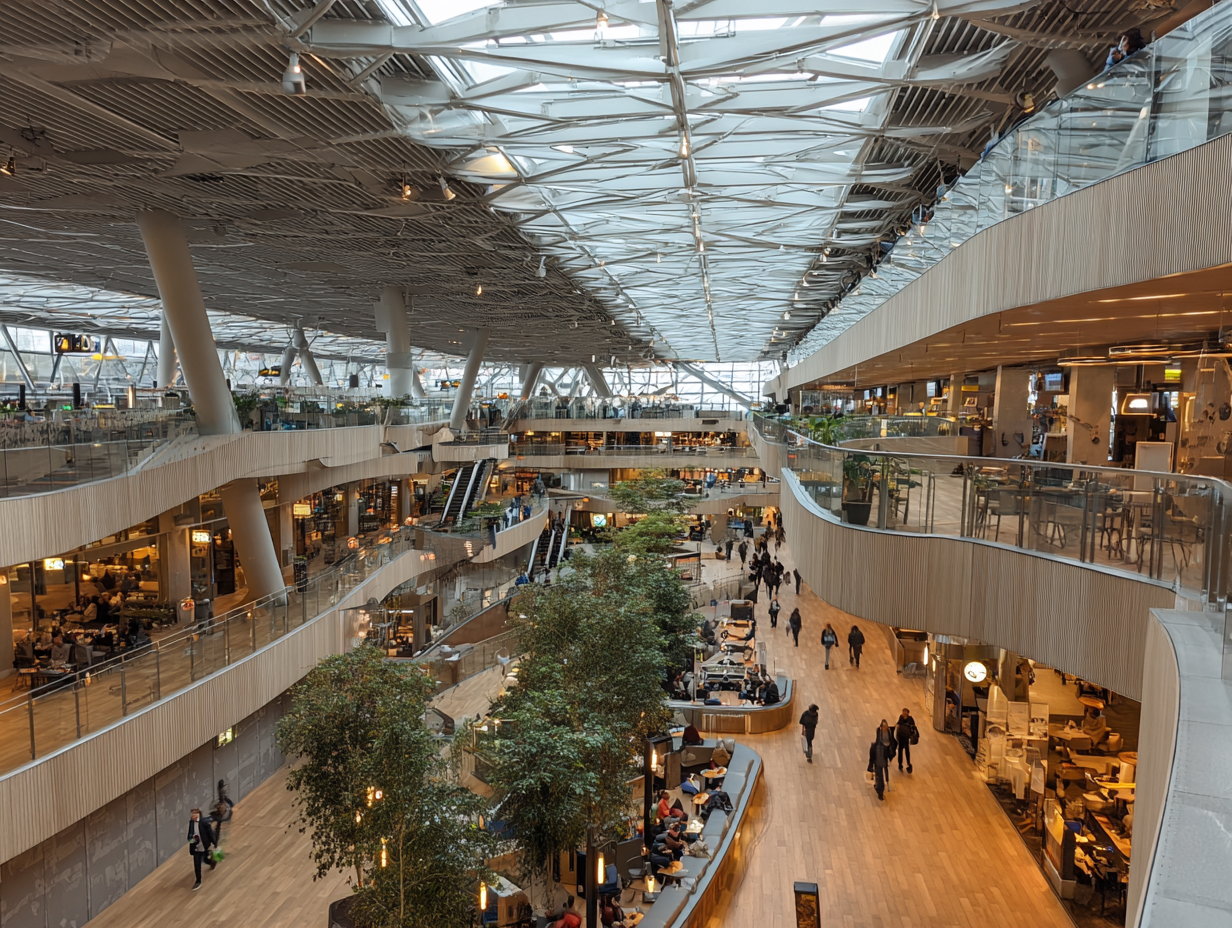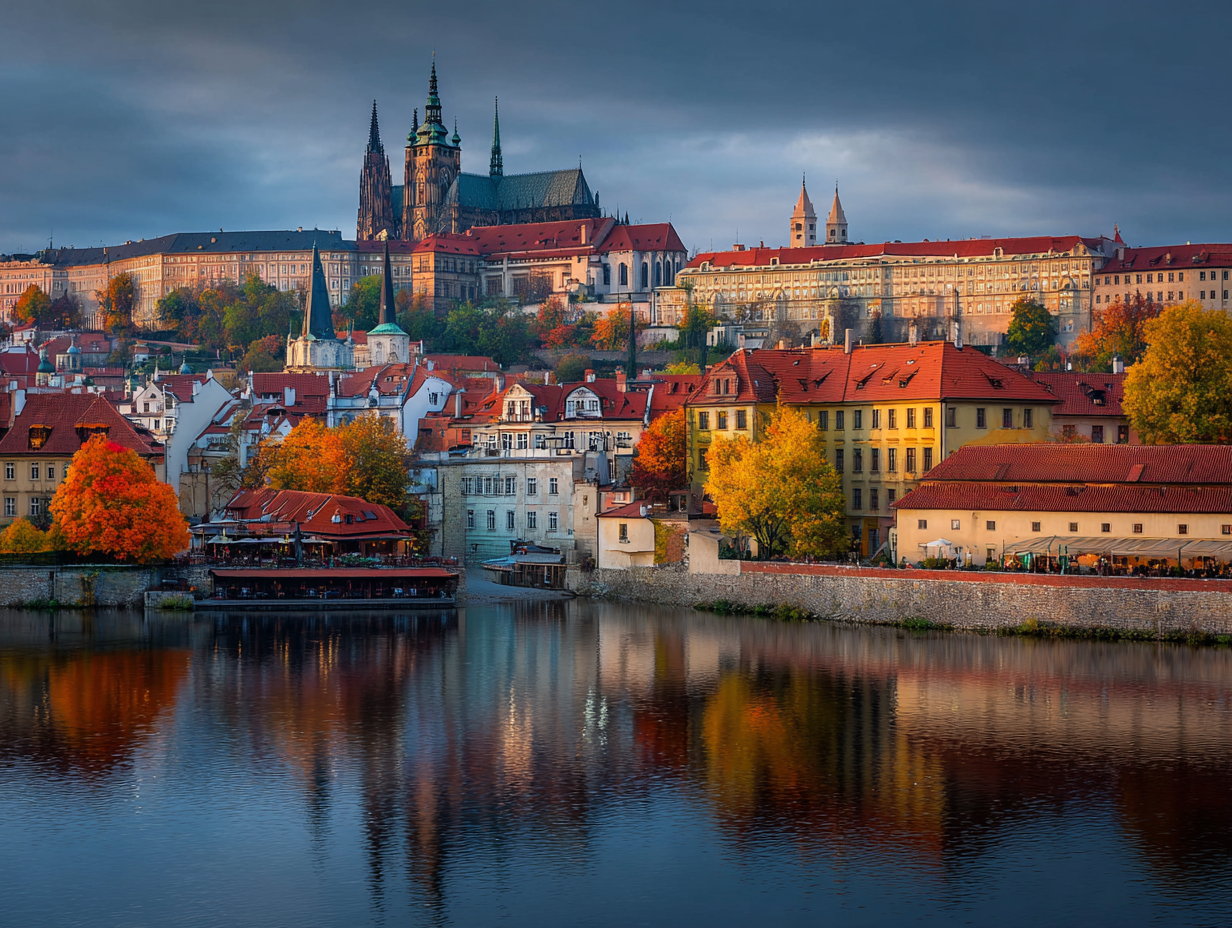Discover the best airports in the world for long layovers, offering spas, gardens, culture, gourmet food, and unique attractions to turn transit into a trip.
Travel always has those little moments that stay with you—the first glimpse of sunrise from above the clouds, the sleepy hum of a red-eye, the small rush you feel when the plane finally touches down somewhere new. And then there are layovers… those awkward, in-between hours most of us simply tolerate. You know the drill: overpriced coffee, uncomfortable chairs, and the constant glance at the departure board hoping your gate number magically appears.
Somewhere along the way, though, airports started changing. Not loudly, not all at once—more like a quiet shift happening behind the scenes. A few terminals decided they didn’t want to be the forgettable middle chapter of your journey anymore. They wanted to be part of the story. So they upped their game, added experiences, built spaces meant to be enjoyed, not endured.
Now, there are airports where a long layover doesn’t feel like a punishment at all. In fact, you might actually want the delay. These places let you slow down, look around, and enjoy things you never expected to find between two flights—gardens, art trails, spas, gourmet food, and attractions that feel more like tiny holidays than stopovers.
This is the new world of travel, where the layover becomes a mini escape of its own. Here are nine of the best airports for long layovers, where you just might catch yourself hoping the next flight runs a little late.
1) Singapore Changi Airport: Where travel turns into theatre
If there’s one airport that rewrites the meaning of a layover, it’s Changi. There’s a moment every traveller remembers: the first glimpse of the Rain Vortex—seven storeys of cascading water framed by lush greenery beneath a glass dome that looks like it belongs in a sci-fi world.
This is an airport where you can sink into a rooftop pool, wander through a butterfly garden, get lost in a hedge maze, or curl up in cocoon-style chairs for a blissful nap. Free cinemas play movies round the clock, and art installations transform the terminals into living galleries. There’s even a four-storey slide, simply because Changi can.
Changi isn’t an airport. It’s a love letter to wanderlust—and easily the best layover airport in the world.
2) Incheon International Airport, Seoul: A cultural layover you didn’t expect
Incheon feels like a beautifully curated preview of Korea itself. You can sip matcha in a traditional teahouse, watch classical performances in bright atriums, explore a cultural museum, or try on a hanbok for the ultimate souvenir photo.
Dreamy nap lounges, pristine showers, a skating rink, spas, and exceptional Korean food make your layover feel like time spent inside a serene cultural retreat rather than a transit zone.
If you love airports that blend comfort, culture, and calm, Incheon is an absolute standout.
3) Munich Airport: Where Bavaria meets jet lag
This is the airport that brewed its way into travellers’ hearts—literally. With Airbräu, Munich’s own in-terminal brewery, you can spend your layover sipping fresh lagers in a beer garden under the glow of natural light.
Seasonal events turn the airport into a festival ground. In winter, a full-on Christmas market appears, complete with an ice rink and glowing stalls. Between hearty schnitzel cafés, an expansive observation deck, and airy shopping promenades, Munich makes waiting feel indulgent rather than tiring.
4) Tokyo Haneda Airport: A perfectly composed prelude to Japan
Haneda is elegance distilled. It feels like walking through the quieter, more contemplative side of Japan. The recreated Edo-style village—lined with lantern-lit walkways, artisanal snacks, and traditional shops—adds charm without feeling gimmicky.
Runway views glisten through panoramic windows, where aircraft glide with ballet-like precision. The food courts are pure joy: steaming ramen, delicate tempura, hand-pressed sushi.
Every corner whispers Japanese sophistication—a serene, beautiful pause before (or after) the intensity of Tokyo.
5) Vancouver International Airport: A portal to the Pacific Northwest
If airports had souls, Vancouver’s would breathe. Natural light pours through glass walls onto First Nations sculptures carved from cedar. A serene aquarium filled with local marine life acts as a calming pocket of ocean energy—kelp forests swaying, jellyfish pulsing gently.
Fresh, local menus highlight salmon, craft-roasted coffee, and farm-sourced ingredients. And if your layover turns into an overnight stop, the Fairmont inside the airport offers one of the most comfortable airport stays anywhere.
Vancouver proves an airport can feel alive, not sterile.
6) Amsterdam Schiphol Airport: Art, books & Dutch charm in transit
Schiphol is the rare airport where you might forget you’re in a terminal at all. A pocket-sized Rijksmuseum displays works by Dutch masters—free of charge and blissfully quiet.
A meditation centre offers a pocket of peace. The airport library invites you to linger just long enough to lose track of time. The warm scent of fresh stroopwafels fills the air near popular stalls.
Everything feels charming, practical, and wonderfully Dutch. It’s a layover that soothes instead of overstimulating.
7) Doha Hamad International Airport: A monument to modern luxury
Walking through Hamad International feels like drifting through a futuristic art museum. The iconic giant teddy bear sculpture anchors the central atrium with quirky grandeur.
The wellness zone, though, is the real triumph—swimming pool, spa, steam rooms, gym, and treatment suites, all accessible during your stopover. There’s even an in-airport hotel offering hourly room bookings.
Global dining options—from sushi to mezze—keep foodies happy. And if you have a long enough layover, complimentary city tours let you explore Doha’s glittering skyline.
8) Hong Kong International Airport: A city in miniature
Hong Kong International is the layover equivalent of a full-blown adventure. Catch a film at the colossal IMAX theatre, browse the aviation museum, or refresh yourself in spa-like shower suites. There’s even an outdoor golf simulator—because of course there is.
The food scene is outstanding: dim sum specialists, noodle shops beloved by locals, and international cuisine for every palate. And if the city tempts you, the Airport Express delivers you to Central Hong Kong in under 30 minutes.
Fast, bold, energetic—just like the city it represents.
9) Dubai International Airport: Pure, unfiltered indulgence
DXB feels like someone took Dubai’s love for extravagance, shrunk it down, polished it, and placed it inside an airport.
Expect zen gardens, cascading waterfall walls, luxury boutiques, gaming lounges, world cuisine, spas offering everything from facials to full-body massages, and even a health club with a pool. Free showers help shake off the red-eye haze.
You could leave the airport during a long layover—but with everything DXB offers, you may not want to.
The layover reimagined
Travel isn’t just about the destinations—it’s about the moments in between. These airports transform those in-between hours into experiences worth savouring: a taste of culture, a moment of calm, an unexpected thrill, or a chance to explore a place without ever leaving the terminal.
So the next time you see “6-hour layover” on your itinerary, don’t groan. Pack curiosity, pack appetite, pack your sense of adventure.
You might just discover a destination you didn’t even know you were going to.



